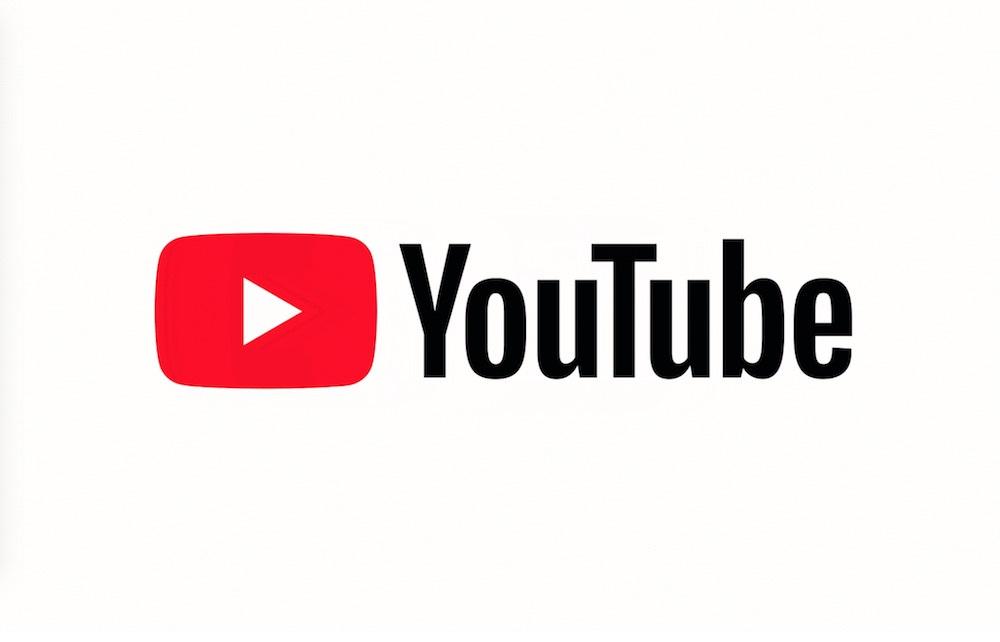(单词翻译:单击)
听力文本
Study: Number of Kids Watching Online Videos Doubled in 4 Years
A new study has found that the number of young Americans who watch online videos each day has more than doubled in the past four years.
The findings were based on a survey of about 1,700 young people aged 8 to 18. Results were released this week by the U.S.-based not-for-profit group Common Sense Media. The group researches youth technology activity and offers guidance for parents.
Fifty-six percent of 8- to 12-year-olds taking part in the survey said they watched online videos each day. That rate jumped to 69 percent for 13- to 18-year-olds. A 2015 survey by Common Sense Media found the rate was 24 percent for 8- to 12-year-olds and 34 percent for 13- to 18-year-olds.
The survey found that overall screen time for young Americans did not change much over the past four years. On average, preteens spent just under five hours of screen time on devices each day. Teens had about seven and a half hours of screen time. The numbers did not include time young people spent on their devices doing homework, reading books or listening to music.
Common Sense Media's director of research, Michael Robb, told The Associated Press that such screen time among American youth "really is the air they breathe."
The findings suggest a continuing change by young people to move away from traditional television to watch streaming video services on their phones and other personal devices.
Only about one-third of teens surveyed said they enjoyed watching traditional television programming "a lot." This compared with nearly half of those surveyed four years ago. About half of preteens said they enjoyed watching traditional television "a lot," compared with 61 percent in 2015.

YouTube, which is owned by Google, was the number one choice of youth for online videos, even among the preteens surveyed. Three-quarters of the preteens said they use the site even though it has age restrictions. Only 23 percent of preteens said they watch YouTube Kids, a separate service aimed at their age group and even younger children. Of those who said they used YouTube Kids, most said they enjoyed the regular YouTube site better.
Robb said the common use of YouTube by young people "puts a lot of pressure" on parents to find ways to restrict what their children see.
In answer to the survey, YouTube said the company is rethinking the way it deals with children and families.
A spokesman for YouTube, Farshad Shadloo, repeated the company's terms of use on age: "YouTube is not a site for people under 13," he said. The company said YouTube Kids and its restriction tools are designed to limit site usage for preteens.
But experts say it is easy for many children to get to the videos they want to watch, whether on YouTube or another streaming service.
Sarah Domoff is a professor at Central Michigan University who studies the effects of technology on youth and families. She told the AP that parents often do not have the time or skills to limit what their children are watching effectively.
Domoff said she thinks many parents could do more to try to track the screen time of their children. She added, however, that tools aimed at limiting usage on services such as YouTube could be greatly improved. "It's really hard to block out certain things unless you're really standing over your child," Domoff said.
I'm Bryan Lynn.
重点解析
重点讲解:
1. take part in 参加;参与;
How many countries took part in the last Olympic Games?
有多少国家参加了上届奥运会?
2. on average 平均起来;按平均值;
American shares rose, on average, by 38%.
美国股票价格平均上涨了38%。
3. block out 挡住,遮挡;
The real challenge is to not block out everything else.
真正的挑战是不要阻止那些发生在你身边的每一件事。
4. stand over 监督;监视;
I don't like you standing over me while I'm cooking.
我不喜欢做饭时你在一旁盯着我。
参考译文
研究表明观看网络视频的儿童数量在4年内翻了一倍
一项新研究发现,过去四年来,每天观看网络视频的美国年轻人数量翻了一倍还多。
这项调查结果来自一项对约1700名8至18岁年轻人进行的调查。美国非营利组织常识媒体在本周发表了这项研究结果。该组织主要研究青少年的科技活动并为家长提供指导。
56%的8至12岁受访者表示,他们每天都观看网络视频。而在13至18岁这一年龄段,每天观看网络视频的比例上升到69%。常识媒体组织在2015年进行的一项调查发现,24%的8至12岁儿童及34%的13至18岁少年每天都浏览网络视频。
这项研究发现,美国年轻人每天总体屏幕时间较4年前变化不大。平均来说,未满13岁的儿童每天的屏幕使用时间低于5个小时。青少年的屏幕使用时间为7个半小时左右。这不包括年轻人使用电子设备做功课、读书或听音乐等花费的时间。
常识媒体组织的研究主任迈克尔·罗布对美联社表示,屏幕时间对美国青少年来说“就像他们呼吸的空气”。
研究结果表明,年轻人的行为在不断变化,他们已经从传统电视转向用手机和其他个人设备浏览流媒体视频。
只有约三分之一的受访者表示他们“非常”喜欢看传统电视节目。四年前,这一比例接近50%。约半数13岁以下儿童表示,他们“很”喜欢看传统电视,而在2015年的调查中,这一比例为61%。
谷歌旗下的优兔网是青少年收看网络视频的首选,该网站甚至也是13岁以下儿童最常使用的平台。四分之三的13岁以下儿童表示,尽管有年龄限制,他们依然会使用该网站。只有23%的13岁以下儿童表示,他们会浏览儿童版优兔,这是优兔为这一年龄层专门开发的服务。在使用儿童版优兔的受访者中,大多数表示他们更喜欢常规优兔网。
罗布表示,年轻人经常浏览优兔网使家长在寻找方法限制孩子的观看内容上“面临很大压力”。
优兔网在回应这项调查时表示,公司正在反思其应对儿童及家庭受众的方式。
优兔网发言人法沙德·沙德鲁重申了公司的年龄限制条款:“优兔网不适合13岁以下儿童浏览”。优兔网表示,儿童版优兔及其限制方式旨在限制13岁以下儿童浏览网站。
但是专家认为,对大多数儿童来说,浏览他们想看的视频非常容易,无论是在优兔网上还是使用其他流媒体服务。
萨拉·多莫夫是美国中密歇根大学的教授,她主要研究科技对青少年和家庭产生的影响。她对美联社表示,家长通常没有时间或能力去有效地限制孩子的浏览内容。
多莫夫表示,她认为许多家长能采取更多措施来追踪孩子的屏幕使用时间。但她同时指出,优兔网等平台推出的年龄限制服务需要提升。多莫夫说:“除非一直盯着孩子,否则有些事情真的很难去阻止。”
布莱恩·林恩报道。
译文为可可英语翻译,未经授权请勿转载!


